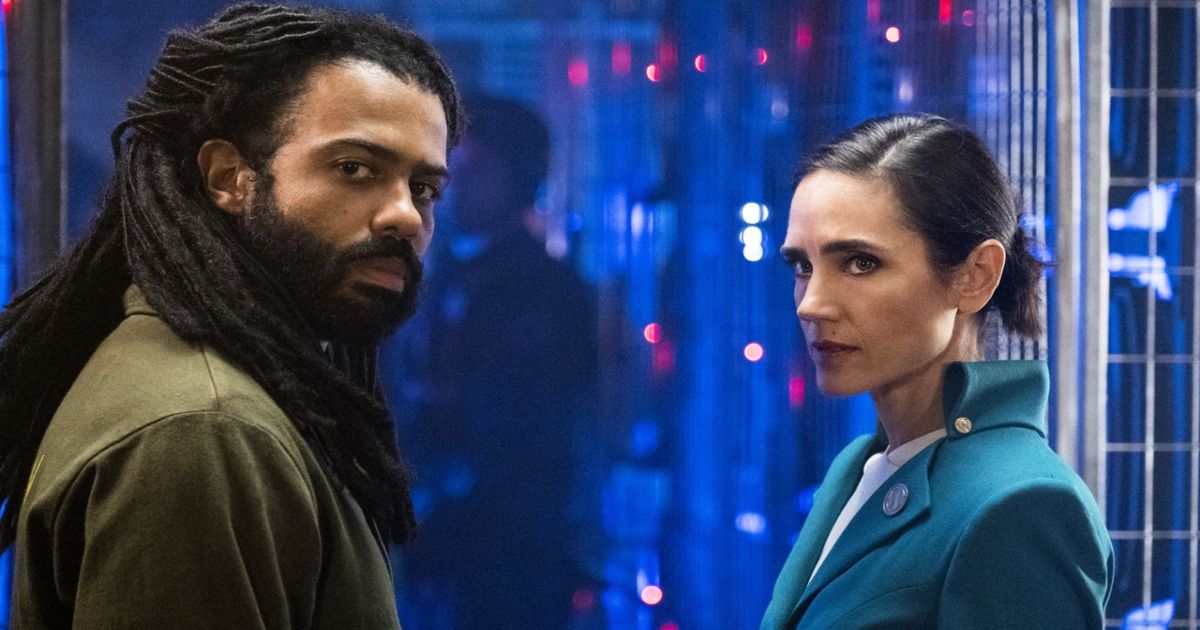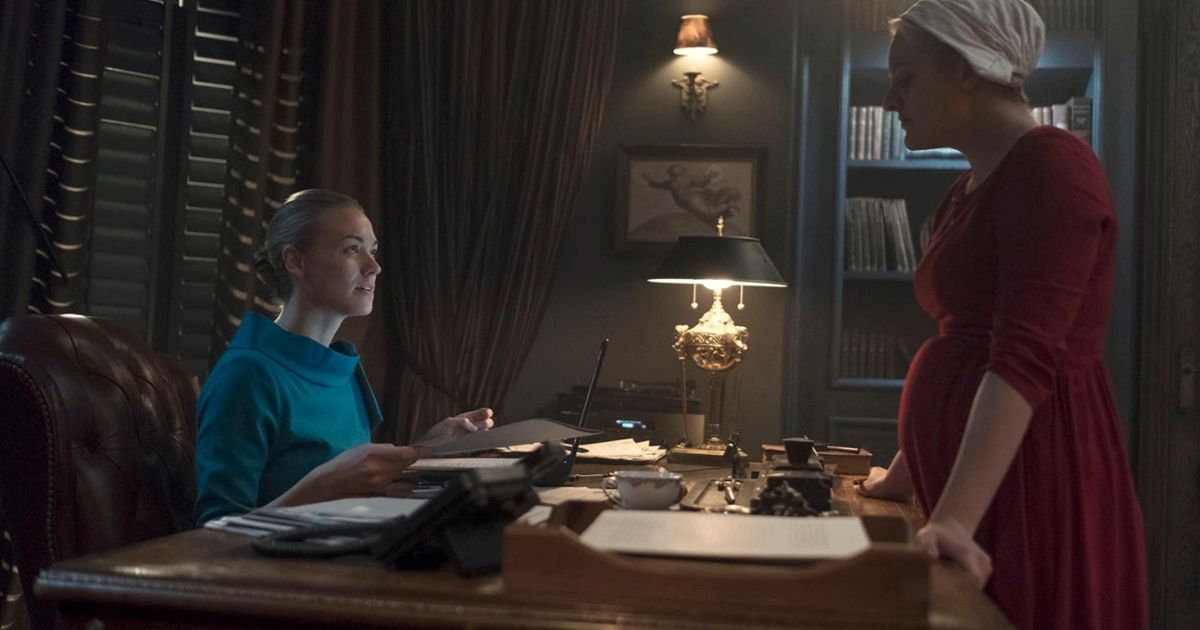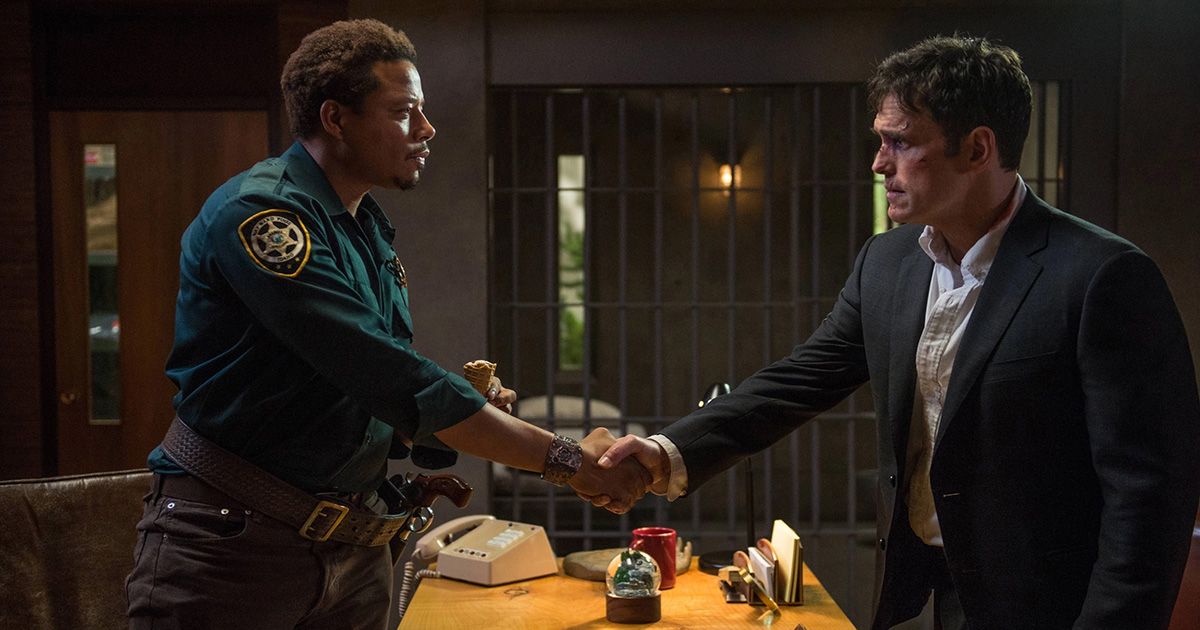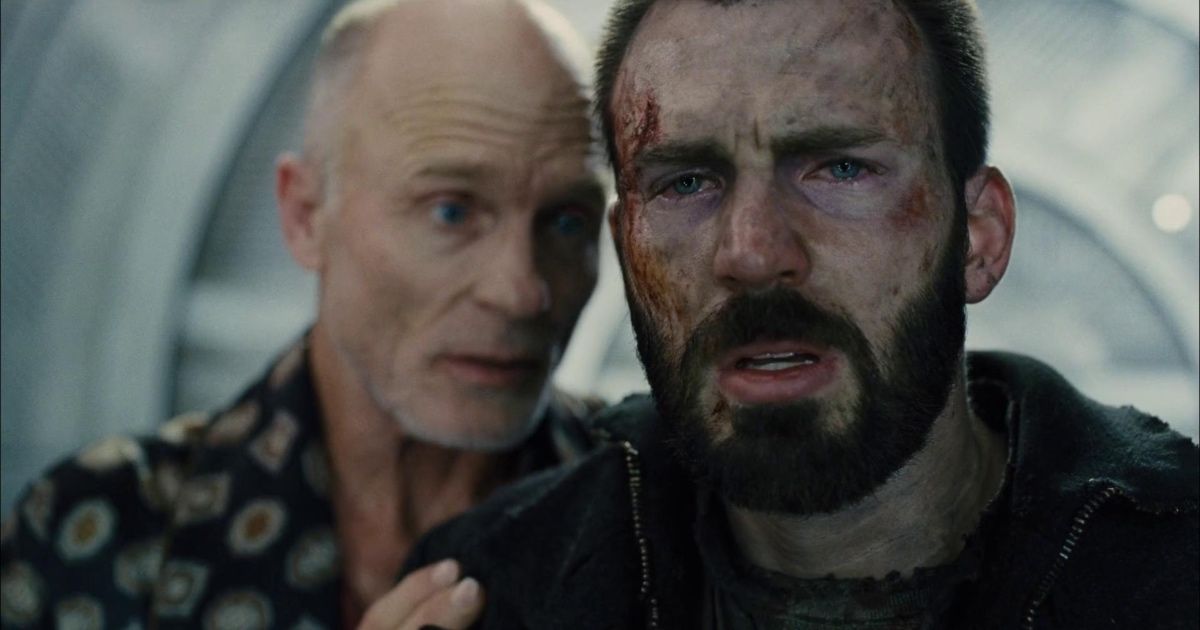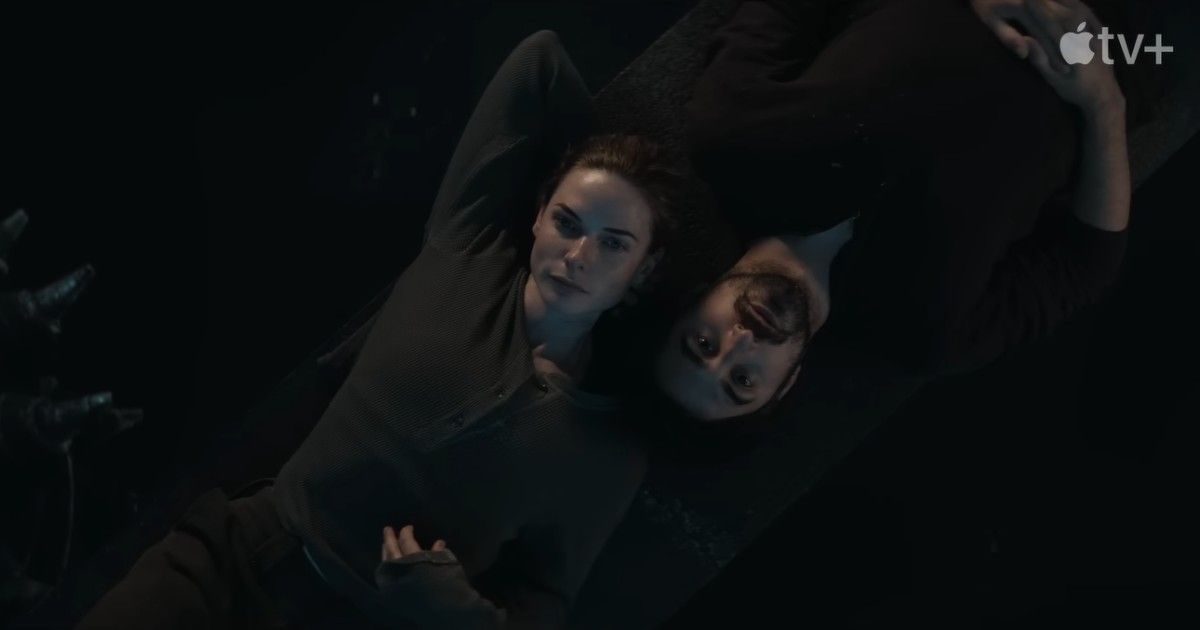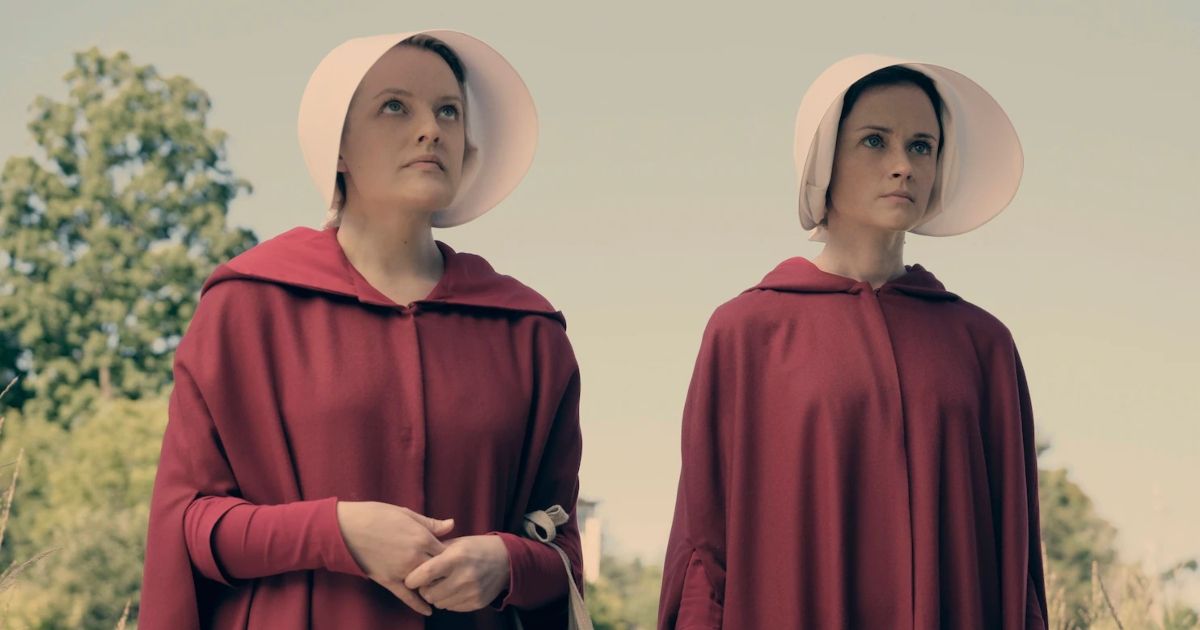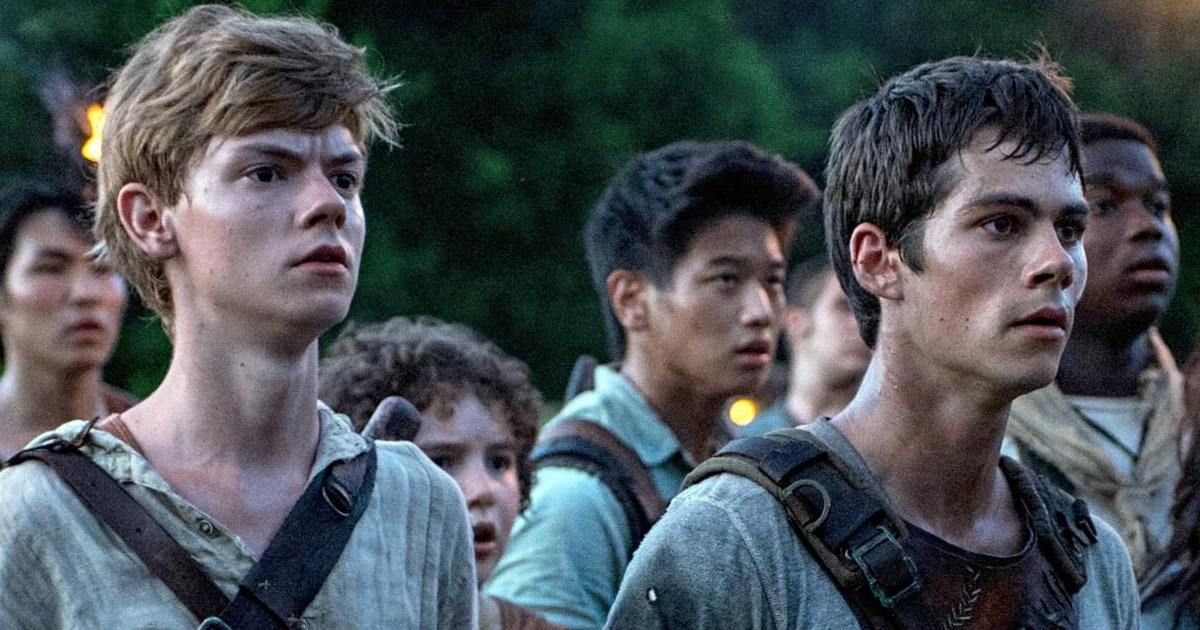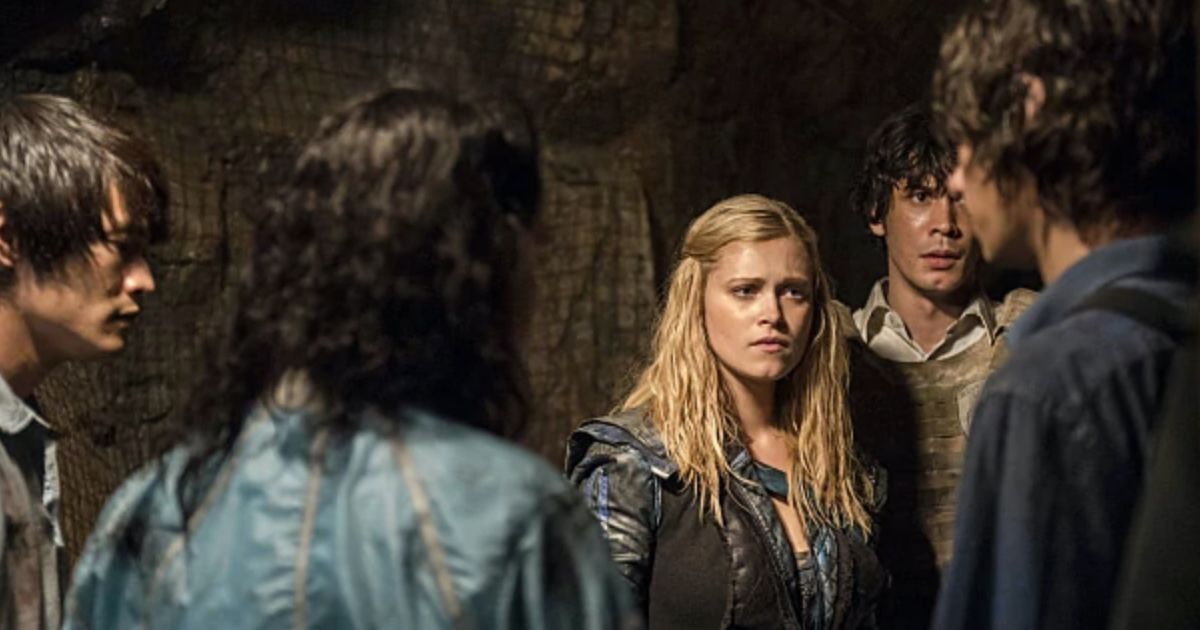Whether adapted from a novel or an original film or television series, the dystopian future genre will inevitably have more time to grow and develop as a show. A series of episodes will have far more time to expand on world-building, characters, backstory, and rules of society. A movie would need to rush exposition to get to the meat of the story. But, a television show can spread out the information in the story while still creating time for character moments and exploring multiple perspectives. Some movies believe that the spectacle of what they make in a dangerous future will help elevate the film.
A television show can also repeat the rules at different points in a way that does not feel too repetitive, compared to a movie, where it might grow tiresome to keep hearing the regulations without having them be expanded on. Television shows also offer different opportunities to expand on the creation and differences of separate societies, including a view of politics and revolution, compared to a movie which may focus primarily on one perspective to keep the film concentrated instead of spreading the story too thin among various characters.
More Time for Explaining Background
Sometimes the backstory to the world before the dystopian future must be summed up in a few sentences to let the rest of the plot breathe. In The Hunger Games, only a few lines about war are stated to explain that things had been wrong before transitioning to The Reaping.
The 100 references how the Earth was destroyed. There are mentions of bombs causing nuclear warfare and how scientists, such as Becca, had played a role in necessary changes, including the creation of Nightblood. A flashback episode portrayed the world in the immediate aftermath of the bombs and teased the beginning of how Grounder society and language came to be.
Spectacle Is Earned
Two hours is insufficient to earn enough emotional support for a huge spectacle. While it may be appreciated and make sense in the grand scheme of the narrative, a television show has more time to build up to big moments. Over eleven seasons, The Walking Dead earned several years’ worth of time to portray spectacles and have showdowns between the characters.
Developing Different Societies
Snowpiercer had the time to develop the Tailies, the rich, and the engineers throughout three seasons. Residents in separate parts of the train live differently, but the differences between paying residents and Tailies are significant. Tailies are forced to have the bare minimum that survival would allow. Everyone else receives a five-star experience.
On The 100, there are many differences between society on Earth, on the Ark, Sanctum, and Bardo. Most specifically, Clarke, Bellamy, Octavia, and everyone from the Ark come from a vastly different experience than the Grounders who grew up on Earth. They have different lifestyles, politics, and expectations of how to handle things.
Earning Political Upheaval
The slow-burn revolution from The Handmaid’s Tale would never be capable in a single movie or even a movie series. Too much happens at such a slow pace that creating a film out of it would speed up the process to such a degree that the frustratingly slow movement of the revolution would feel like it came together far too quickly.
Instead, by airing several seasons worth of episodes, The Handmaid’s Tale gives June and the other handmaids the chance to experience the devastating ins and outs of their world while highlighting a wish for political change. Showing Serena’s slow build to understanding that the world she helped create is not where women can thrive is character growth that could not happen organically in a movie. Instead, it would feel rushed to fit the narrative rather than offer it the time it needs to develop naturally.
Focus on the Smaller Details
Wayward Pines is quick to create intrigue when Ethan Burke wakes up in a mysterious small town where an old co-worker, Kate Hewson has resided for years. Except, he had seen her far more recently than that. Unable to contact his family, Wayward Pines sets up the mystery of why Ethan can not reach his wife, Theresa, and son, Ben.
Wayward Pines slowly unravels the truth behind what this town is and the period they are living in. By leaving slight hints and spreading the mystery by episodes, audiences can sit with the unknown and try to discover the truth based on the small details before everything is revealed.
Explanations Are Less Rushed
Both iterations of Snowpiercer explain that the world froze, and the train’s citizens are all that is left of the human population. However, in the television show, there are more opportunities to grasp just how bad things had been and how they affected different people. Marriages fell to shambles; the Tailies were forced to undergo horrible things to survive. The emotional connection to the train feels far more present than in the movie, where the leading character Curtis mainly focuses on rushing to the engine rather than exploring everything the train offers.
Offers More Mystery About the World
What happened to the world? How long will it take to learn the truth? Apple TV+’s Silo‘s central question is what is outside their dome. Is it truly the wasteland the camera window shows everyone? Or, is there a green and prosperous world out there? If that is the case, then why is everyone forced to remain inside and never give a good look at the outside world?
A movie would be forced to answer that question fairly quickly, with the main story focused on getting outside. However, as a television show, the plot can slow down and follow multiple characters as they try to uncover secrets and lies about the world they are experiencing.
The Chance to View Different Perspectives
On The 100, Clarke, Bellamy, and Octavia find themselves on different sides of an argument about the best way to survive or handle an impending war. Each of their viewpoints is just as important as the other, and experiencing many different perspectives, including Commander Lexa and Chancellors Jaha, Kane, and Abby Griffin, offer several alternative thoughts on the same issue.
The Handmaid’s Tale does not just show June and her fellow handmaids desperate to escape Gilead. It also portrays Aunt Lydia’s uncertainty about trying to help but ultimately failing the handmaids by forcing them into a subservient lifestyle. Joseph and Nick, as Commanders working against Gilead, also get their perspectives toward the world, as do its original leaders, Commander Waterford and Serena Waterford.
More Room for Character Development
By having many seasons to grow, characters naturally experience more during a show. They get the chance to make mistakes and grow from their original place to becoming an integral role in the takedown of the corrupt government, without it feeling like a Chosen One plot.
Underdogs can transform into leaders at a slower pace because of what they are experiencing and hardship over a longer period of time rather than having them come across as someone who seemed like they were meant to be in charge or already knew more about the world than anyone else, such as Thomas in The Maze Runner films.
Can Build to a Stronger Ending
The ending can be one of the most essential parts of a dystopian future franchise, whether a movie or television series. Unfortunately, not every series ends with a bang. The 100’s ending was severely controversial for many of its final decisions. The ability to see how Snowpiercer concludes remains up in the air.
However, because of the length of time offered in a show, if done right, a television series can build an ending around showing what comes next in the world rather than simply ending the story with the corrupt government falling and a potential flash forward to show everything turned out fine. The Handmaid’s Tale has been building toward a big ending, and maybe it can deliver its central characters peace.
This story originally appeared on Movieweb



